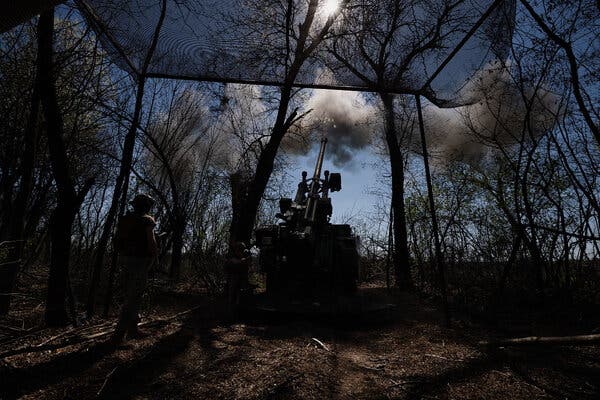Former U.S. President Donald Trump viewed the map of Ukraine displayed on an easel in the Oval Office as a clear message: Russia had seized a significant portion of territory in the eastern region known as the Donbas. The area marked in red was seen as lost, and Ukraine faced a stark choice—negotiate peace or risk further losses.
In contrast, Ukrainian President Volodymyr Zelensky presented a far more complex picture during a Monday meeting with Trump and European leaders. This was not simply a transactional negotiation or a game of strategy; it was deeply personal.
Away from the cameras, Zelensky shared with Trump that his grandfather had fought in World War II to liberate Donbas cities from Nazi occupation. Surrender was not an option.
Hours after returning to Kyiv on Wednesday, Zelensky reiterated his stance to the press.
He emphasized that many families had fought to free the Donbas, with numerous individuals killed or wounded in the process. He described this period as an especially painful chapter in Ukraine’s history and life, one that was more complicated than it might appear to outsiders.
The outcome of the recent surge in diplomacy led by Trump to end Europe's deadliest conflict since World War II remains uncertain. However, the mineral-rich Donbas region—comprising mainly Donetsk and Luhansk—will undoubtedly be central to any peace negotiations.


0 Comments
No comments yet. Be the first to comment!